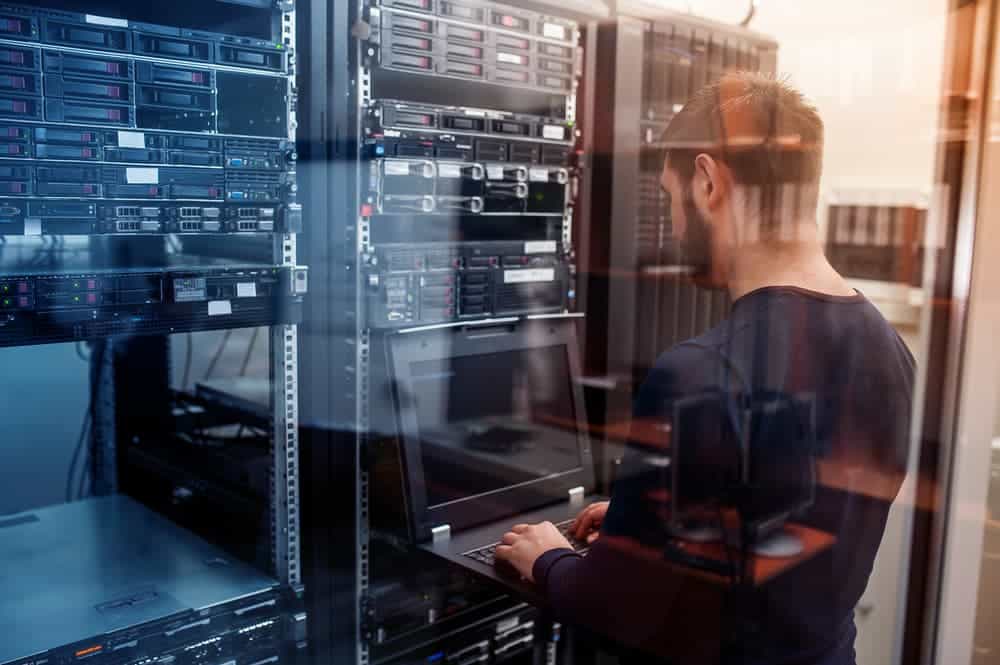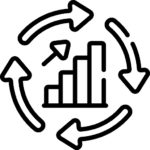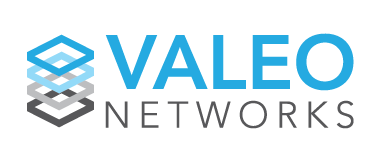Protect the information that matters most to your company with Valeo Networks’ premium backup and disaster recovery solutions. Don’t wait until it’s too late to protect your company’s data from disasters. Contact us today to learn how our reliable backup and disaster recovery solutions can help keep your data safe and secure, ensuring your business can continue operating in any circumstance.
Managed IT
BACKUP & DISASTER RECOVERY
Protect your data at all costs. At Valeo Networks, we understand the importance of protecting your company’s critical data from unexpected disasters. That’s why we offer reliable backup and disaster recovery solutions tailored to your specific needs. Don’t let a disaster compromise your business, contact us today to learn how we can help keep your data safe and secure.
Contact UsHOW PREPARED ARE YOU FOR THE WORST-CASE SCENARIO?
It’s easy to assume it can’t happen to you, but there’s always a chance. That’s why having a sound, secure backup and recovery plan is crucial for business continuity. Data backup solutions, cloud backup services, and managed IT services allow you to resume your work quickly after a disaster and keep sensitive information out of harm’s way.
DO YOU HAVE A DISASTER RECOVERY PLAN?
There’s never a convenient time for disaster to strike. In an instant, all your data, corporate files, client information, and more can be lost. What happens if you’re not prepared? It can be a business’s worst fear fully realized. So the question is: What can you do to protect what matters most to your company? Luckily for our clients, Valeo Networks has the answer. Our corporate backup and disaster recovery plans are designed for a prompt, comprehensive return to normalcy, with different backup intervals available on and offsite.
We know how the modern landscape has changed the way so many of us consider our data. But at Valeo Networks, there’s truly an option for everyone, in every kind of environment. We offer full backups as frequently as every 15 minutes, meaning nothing ever slips through the cracks. Our team provides:
- Redundant onsite data backup solutions
- Migration to offsite data centers
- Daily test restores (to ensure no data corruption)
- Cloud migration options
- Compliance audits, updates, and upgrades
- Server virtualization
With a reliable backup strategy in place, you never have to suffer through random downtime again. For a solution designed to keep you on track for success, choose Valeo Networks.
DOWNTIME CAN DEVASTATE ANY
COMPANY
Things might be functioning just fine for the time being, but it doesn’t take much to cause an unprepared company to suffer serious losses. That’s why it’s so important to nail down your backup solution. Valeo Networks’ disaster recovery and data backup solutions give companies that have suffered a potentially devastating loss an easy way out, no strings attached.
IS YOUR FUTURE SAFE?
Take the time today to set yourself up for success tomorrow, and begin your collaboration with Valeo Networks.
PLANNING AHEAD IS ALWAYS THE RIGHT CHOICE
Data is the lifeblood of any business, and the loss of critical data due to unexpected disasters, hardware failure, or cyberattacks can result in severe consequences for your business, including lost revenue, legal liability, and damage to your reputation. With data recovery services in place, businesses can rest assured that they have a backup plan in case of any unexpected disasters, protecting their critical data and ensuring business continuity.
No more waiting until the last second—that’s a recipe for disaster. And when disaster strikes, you want to be one step ahead of the game. For a customized data recovery plan for your company, reach out to Valeo Networks today.

VALEO NETWORKS RIGHT CHOICE
Data is the lifeblood of any business, and the loss of critical data due to unexpected disasters, hardware failure, or cyberattacks can result in severe consequences for your business, including lost revenue, legal liability, and damage to your reputation. With data recovery services, cloud backup services, and managed IT services in place, businesses can rest assured that they have a backup plan in case of any unexpected disasters, protecting their critical data and ensuring business continuity.
No more waiting until the last second—that’s a recipe for disaster. And when disaster strikes, you want to be one step ahead of the game with comprehensive data backup solutions. For a customized data recovery plan for your company, reach out to Valeo Networks today.
MINIMIZE DATA LOSS

Our data solutions ensure that your critical data is backed up regularly and can be quickly restored in case of any data loss. We help you secure your data against disasters, physical damages, hardware failures, or cyberattacks.
BUSINESS CONTINUITY

With a reliable data recovery and backup plan, businesses can quickly resume operations, minimizing downtime. Our backup copies provide the double protection you need for uninterrupted, seamless operations.
COMPLIANCE

Many industries have specific backup storage requirements to comply with regulations. At Valeo Networks, we offer comprehensive services that can help your business comply with these regulations.
STAY ONE STEP AHEAD WITH RELIABLE DATA SOLUTIONS
Don’t let data loss compromise your business. As a full-service managed IT service provider, Valeo Networks offers reliable data backup solutions, cloud backup services, and data recovery services tailored to your specific needs. Our managed IT services ensure your critical data is safe and secure, guaranteeing business continuity in any circumstance.
Contact us today to learn how we can help keep your critical data safe and secure, ensuring business continuity in any circumstance.


START YOUR JOURNEY
Make your IT matter and start your collaboration with Valeo Networks
IS VALEO NETWORKS CERTIFIED?
HECK YEAH WE ARE




















.png?width=400&height=171&name=Valeo-Logo-White%20(1).png)

